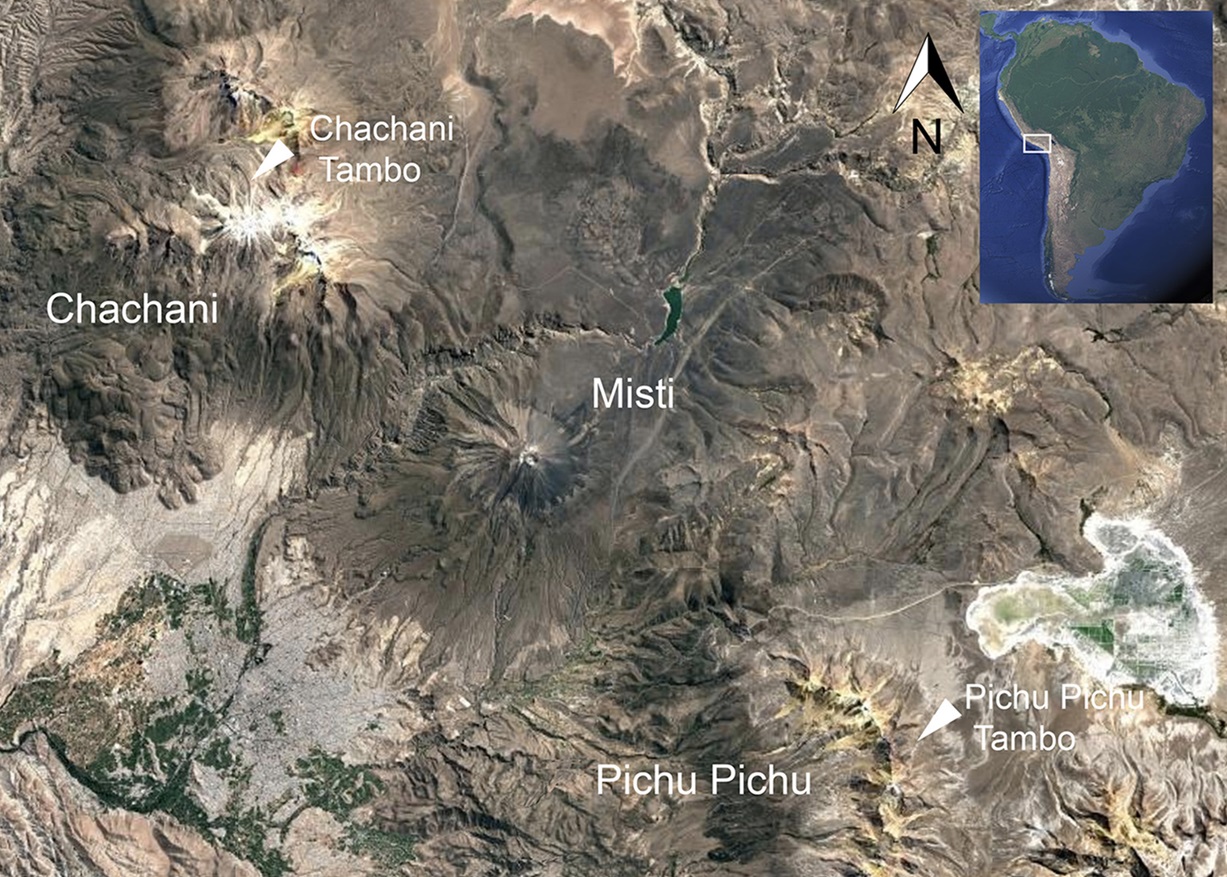Archaeologists have examined the ritual landscape the Inca used during their pilgrimages to perform capacocha rituals on volcanic peaks.
The capacocha was a sacrificial rite among the Inca that typically involved the sacrifice of children at sacred shrines known as huacas, or wak’akuna.
Both boys and girls were selected for the rituals, with most offered as part of an annual tribute from local communities to the state. Being chosen for the ceremony was considered a great honour, and children often came from noble families seeking to gain political favour.
The Capacocha sacrifice began in the capital city of Cusco, where the children were ceremonially paraded around four grand statues representing the Creator, the Sun God, the Moon God, and the Thunder God.
The children would then begin their journey to the chosen huacas on the summit of sacred mountains and volcanoes, a pilgrimage that could often take months traversing rugged landscapes and natural barriers such as rivers.
To date, only a few Capacocha sacrifice sites have been discovered, primarily on mountaintops in northern Chile, southern Peru, and northwestern Argentina.

In a new study published in the journal Antiquity, archaeologists examined the ritual landscape of the Capacocha journey, focusing on the distribution of tambos—waystations that served as resting points before the final ascent to the summit.
The study focused on the Chachani volcanic group and the inactive Pichu Pichu volcano, where photogrammetric imagery and satellite mapping revealed that tambos are divided into two sections: a larger, lower elevation area and a higher elevation area characterised by smaller buildings.
The lower-elevation tambos at Chachani consist of 14 buildings arranged in two groups around a kancha (a central courtyard), while the higher-elevation tambo features a single structure built against a large rock. The journey from the higher tambo to the summit is estimated to take around six hours. Along the path, the Incas constructed small shelters for resting pilgrims, some of which still have standing walls today.
According to the study authors: “The spatial structures of the tambos, according to the new data and previous research, relate to the sacred landscape and the division of pilgrims by social rank. The pilgrimage was attended by people of different social status, Incas, priests, victims and their families and ordinary pilgrims associated with the local huaca cult.”
The lower-elevation tambos at Pichu Pichu shares similarities with Chachani and consists of 8 buildings around a Kanchas. The higher-elevation tambos is a single building with three rooms, situated next to a rock shaped like Pichu Pichu.
“The upper parts of the tambos were probably used for rituals attended by fewer people. The veneration of capacocha victims included divination, which was performed in secluded places. These oracles performed an important role in the Inca State as all important religious, political, military and economic matters required consultation with deities,” added the study authors.
Ongoing research will focus on biochemical analysis of artefacts from the tambos to determine the possible origins of the pilgrims and establish a local chronology. Another aim of the project is to document other sites related to the capacocha to establish architectural patterns, Inca management of the ritual and its role in the exercise of power by the state.
Header Image Credit : Antiquity
Sources : Antiquity – https://doi.org/10.15184/aqy.2024.229





